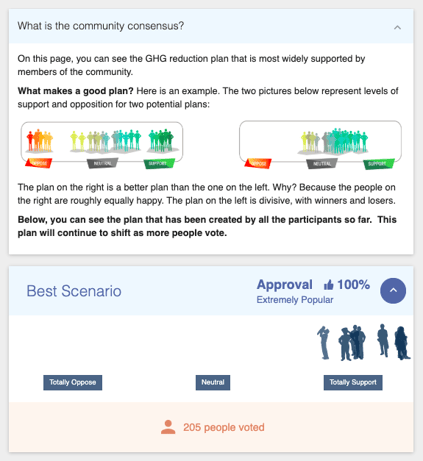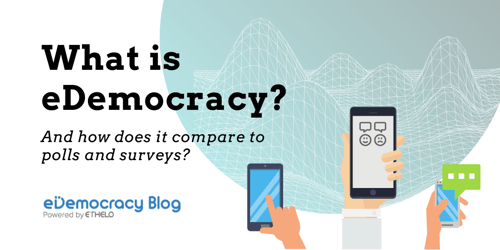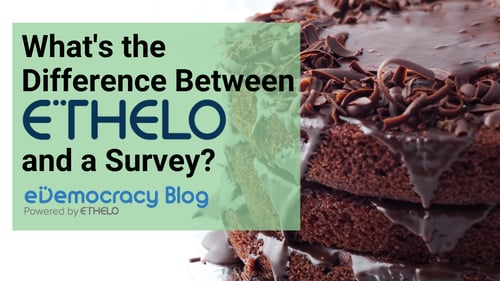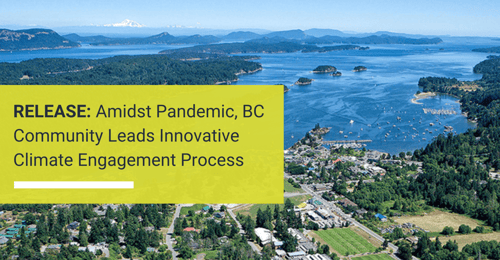.jpg?width=7936&name=Canva%20-%20Thinking%20man%20statue%20(Black%20and%20White%20with%20copy%20space).jpg)
From the United States to the UK and around the world, political polarization is rising. We’ve seen frustration with the status quo manifest itself in the Brexit vote, Donald Trump’s election, and the rise of far-right parties in Europe.
In short, people are unhappy and want to change the system, even if they don’t agree on how to do it. This is not a good place for government employees and others who are trying to keep the lights on and get things done for their constituents.
Ethelo is not going to fix the problems of political polarization and resistance to the status quo, but it can help decision-makers effectively judge the risk of any particular decision and generate outcomes that will bring the least amount of risk and resistance.
How? It all goes back to the American philosopher, John Rawls, who proposed a test to determine where the line between risk and resistance should be drawn. Ethelo’s algorithm is based on this very test. Here’s how it works:
Imagine, Rawls said, all members of society seated around a table negotiating the terms of the social contract — the laws, policies, regulations, and customs that govern society. Logic would suggest that each person would make the decisions that serve their own interests first and society’s interests second.
However, Rawls included an important plot twist in this story, something he described as the “veil of ignorance.” No one at the table knows where in society they will end up when the contract is implemented, which leads to a risk-based management approach.
In this scenario, everyone chooses the outcome that is likely to generate the least amount of harm for society at large, which leads to less risk, less resistance, and a greater sense of equality. They are literally taking the “path of least resistance” and demonstrating that it’s not always a bad thing.
Ethelo’s algorithm takes Rawls’s theory and adds modern communication and computing power. Participants can express their opinions and interact with one another in a virtual public square while the system takes that information and generates a solution that will be appealing to the greatest number of people.

In the end, it’s a win-win. Participants might not get exactly what they want, but they can rest assured knowing that at least some of their preferences will be accounted for in the final outcome.
To quote another great 20th-century philosopher, Mick Jagger, you can’t always get what you want, but you just might get what you need.
Government officials can also take comfort in the fact that the Ethelo-recommended decision will bring the least risk and be met with broad support – even when everything else in society is polarized.
This type of thinking happens in the business world all the time. Why not apply it to municipal government. We see tremendous potential in creating forward progress despite political polarization and hope you will too.
Want to know more about embracing the path of least resistance to create community consensus? Visit Ethelo's technology page to learn more about our software, or contact us directly to schedule a demo.




